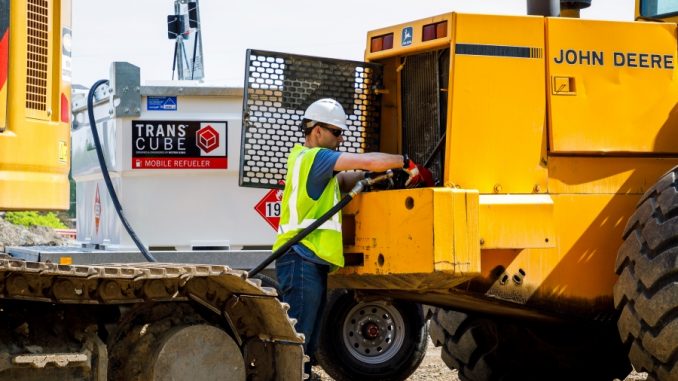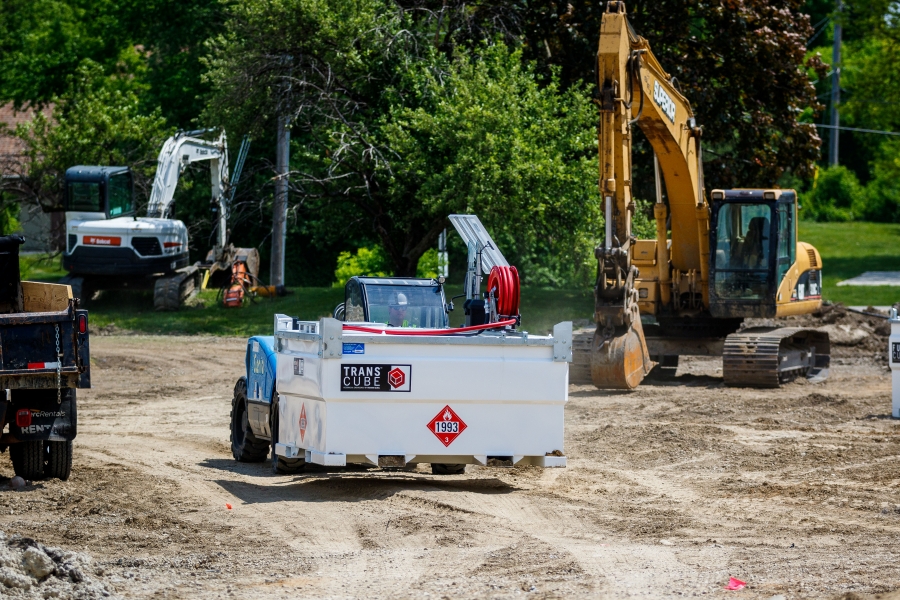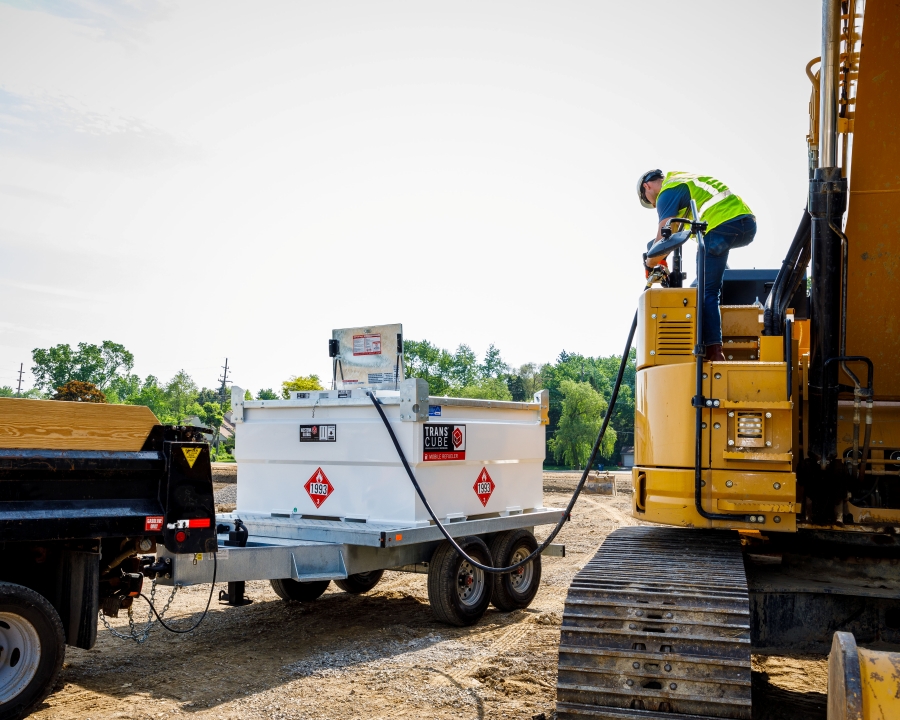
Michael O’Brien, Western Global – Finding a solution for a fleet’s fueling needs can be a complex process with many factors to consider. While fleet managers may often request wet hosing operations from fuel distributors, it’s important to understand alternative methods and benefits of bulk fuel storage.
Challenges of Wet Hosing
Sometimes called wheel-to-wheel fueling, wet hosing can be labor intensive and expensive. Drivers require Hazmat-endorsement and a CDL. The service is often used at night when equipment on the site is not working or the trucks won’t be in the way of day-to-day operations, so refueling can take all night. Because of the demands of the job, there’s often a high turnover rate of these drivers.
The potential of missed deliveries poses another challenge with wet hosing. Wet hosing relies on people, consistency and a keen focus on logistics and scheduling – all things prone to mistakes. Underestimating fill times and overscheduling a driver is easy to do, as is accidentally missing a stop on a busy night. Drivers call in sick and equipment breaks down, making the potential for a missed delivery even more possible. So even though wet hosing appears at first glance to be a great way to fuel your fleet, a hard look at the risks and headaches associated quickly indicates some serious evaluation is necessary.
With new technology and equipment, contractors have the opportunity to limit the applications that truly require wet hosing service while efficiently and effectively using onsite tanks that allow them to take responsibility for their own fueling demands.

Determining the Wet Hosing Need
Wet hosing provides a valuable service for fleets in many industries. While the method provides convenient portability for fueling, it’s not always the best choice for every situation. For stationary equipment like reefer trailers or generators, wet hosing may seem like the only option, but a contractor-employed service truck equipped with a trailer-mounted tank easily fulfills the mission for those willing to invest in drivers, tank technology and certifications. Success depends on finding a tank that can be easily and safely transported full. Square tanks with the proper licensing can be transported full and are conveniently trailer mounted. This allows for crews to do their own wheel-to-wheel fueling, which offers the best of both worlds. Fuel is always available and usage can be monitored. For contractors, making this decision requires a keen attention to their needs, the right tank offering and an ability to work through the added profit potential of buying fuel in bulk and controlling their own supply.
Wet hosing often offers the preferred option for customers in cities and jurisdictions with rigid regulations regarding above-ground fuel tanks. In these instances, the number of tanks available to meet the strict codes are very limited and wet hosing is often the most practical solution. By integrating an onsite tank and wet hosing strategy – reserving wet hosing for those applications that strictly demand it – fleet managers can best utilize their resources and efficiently service their fueling needs.
Many contractors look to wet hosing as a solution for theft prevention, accurate fuel tracking and budget forecasting. Because the distributor maintains control of the fuel at all times, the chances of theft are virtually eliminated, and fleet managers receive a detailed report of how much fuel went into each piece of equipment with each fuel drop. This allows for easily forecasting future fuel usage.
While the technology exists to control theft and track fuel usage with onsite storage tanks, few manufacturers offer an integrated and comprehensive solution. Knowing the technology exists and finding the right manufacturer to partner with substantially increases confidence in alternative onsite methods. Integrated onsite systems offer technology that locks the tank to any user without a card key to unlock the dispense controls, preventing unauthorized use or theft. In addition, since each card key is unique, the system determines which driver is taking fuel, along with refueling frequency and amount of fuel used. This remote monitoring capability aids in tracking how and where fuel is used and forecasting consumption and costs for the life of the job. These systems allow operators to track inventory levels and tank location at any time, helping them take control of fuel supply and avoid downtime associated with a depleted fuel inventory.

Benefits of Using Onsite Bulk Fuel
While onsite storage can offer most — if not all — of the benefits of wet hosing, perhaps the greatest draw is the opportunity to independently fuel a fleet. Crews always have fuel and full control over their supply, along with the ability to adjust as the demands of their site fluctuate. Contractors can experience the security and freedom of controlling their supply along with the opportunity to purchase at a bulk rate, as well as reducing traffic on site, to increase health and safety of staff.
Making the Decision
The greatest thing a contractor can do is ask questions to find the best option for their situation. Contractors should determine if they have the internal infrastructure to perform their own fueling onsite. Since there are regulations and licensing required to hold fuel onsite, bulk storage is sometimes not an option for everyone. Some contractors may not be willing to take on the liability or insurance fees associated with bulk storage. For them, wet hosing will be the best option. The key to finding the best solution is finding a solution to all pain points. In some instances, that solution may be wet hosing, but in others, the solution is onsite fuel storage.









































